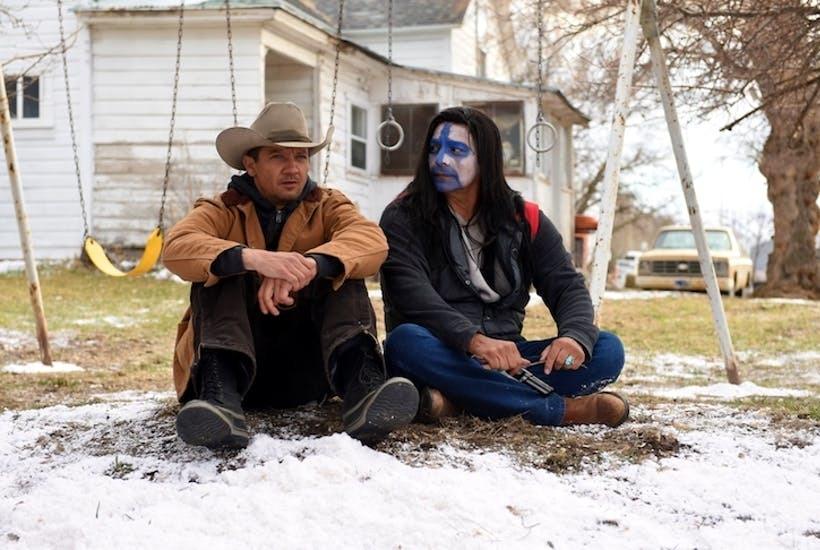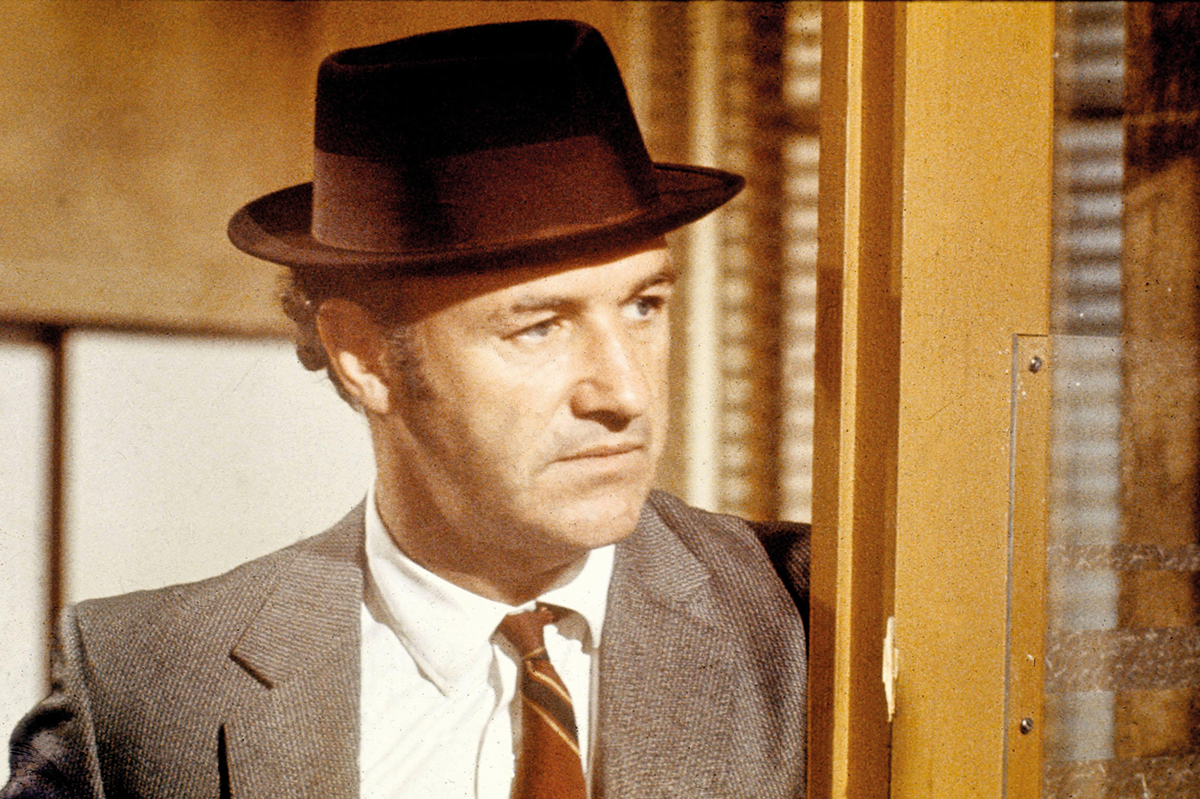The starting point for Taylor Sheridan’s crime-thriller Wind River is explicitly stated at the end when the following words come up on screen: ‘While missing person statistics are compiled for every other demographic [in the US], none exist for Native American women.’ A shocking fact that has to be worthy of a film, although whether this film is worthy of that fact, and isn’t just another genre melodrama featuring an American White Man coming to the rescue, has to be up for question. Also, it contains a brutal rape scene, just so you know. (I didn’t know. But wish I had, as I’d have likely steered clear.)
Directing from his own screenplay, Sheridan, who also wrote Sicario and Hell or High Water, has set this against a big landscape, and the cold, icy, desolate mountains of an Indian reservation in Wyoming as magnificently captured by the cinematographer Ben Richardson. The film opens with a young woman, Natalie (Kelsey Asbille), running barefoot and terrified through the snow before collapsing. The next day, her corpse is discovered by Cory Lambert (Jeremy Renner), a hunter for the US Fish and Wildlife Service. Wolves, lions and coyotes are his usual prey, but, of course, he’ll soon be tracking a very different kind of animal.
Separated from his Native American wife after the death of their daughter, who died in similar circumstances, he is propelled by his own grief as well as a thirst for retribution. Because it’s federal land an FBI agent must be summoned, but as the FBI aren’t much bothered by dead Native American girls they send Jane Banner (Elizabeth Olsen), a clueless rookie who is otherwise based in Las Vegas. (She is very pretty, though; she has that on her side.) Jane is entirely ill-equipped for the freezing conditions. You’ll die in two minutes flat if you go up into the mountains wearing that, she is told. She is offered more suitable clothing and as she changes we must witness ‘The Underwear Scene’. I mention this not to be a bore, even though I so often am, but because there could so easily have not been ‘The Underwear Scene’. Does it advance the plot, seeing Jane Banner in her pants?
The two pair up and visit Natalie’s grieving parents, where Lambert promises vengeance to her father (Gil Birmingham), and then they discover a second corpse, which leads them to the security contractors living at the local drill camp. At this point, the storytelling abruptly swerves into flashback mode, where we stop following tracks in the snow and see exactly what happened, and it is gruesome, involving that violent, graphic rape scene. I know. Rape happens in real life. But child abuse also happens in real life and those films manage to advance the plot without explicitly showing us the abuse — we’d be horrified if they did — and are no less powerful for it. I won’t bore on here, even though it’s my inclination, but will say that while Sheridan’s intentions were undoubtedly noble, this makes the whole enterprise feel cheaply mainstream and exploitative.
To be fair, Sheridan does make some sociopolitical points along the way about the poor quality of life for Native Americans on these reserves, and the drug and violence problems, and all the women that have disappeared, but he doesn’t have much to say about them, and it’s all incidental to the main meat. Even the rape is incidental to the main meat, as this is essentially Lambert’s story. Renner does bring some heft to the role, but even so it’s the role of a generic male action hero; a gruff, taciturn one in the manner of John Wayne or Clint Eastwood, who is always on hand to save those who need saving and kill those who need killing.
Meanwhile, the Native Americans are all sidelined as sad victims with no agency — Natalie’s mother, for instance, does nothing but self-harm — while Jane is sidelined too. She is gutsy and has spirit but is principally an expository device so that everyone else can tell her how things work around here, and how tough it is around here. Plus, it’s Lambert who ultimately has to get her out of a hole. Still, she is very pretty. And also, she looks nice in just pants.

























